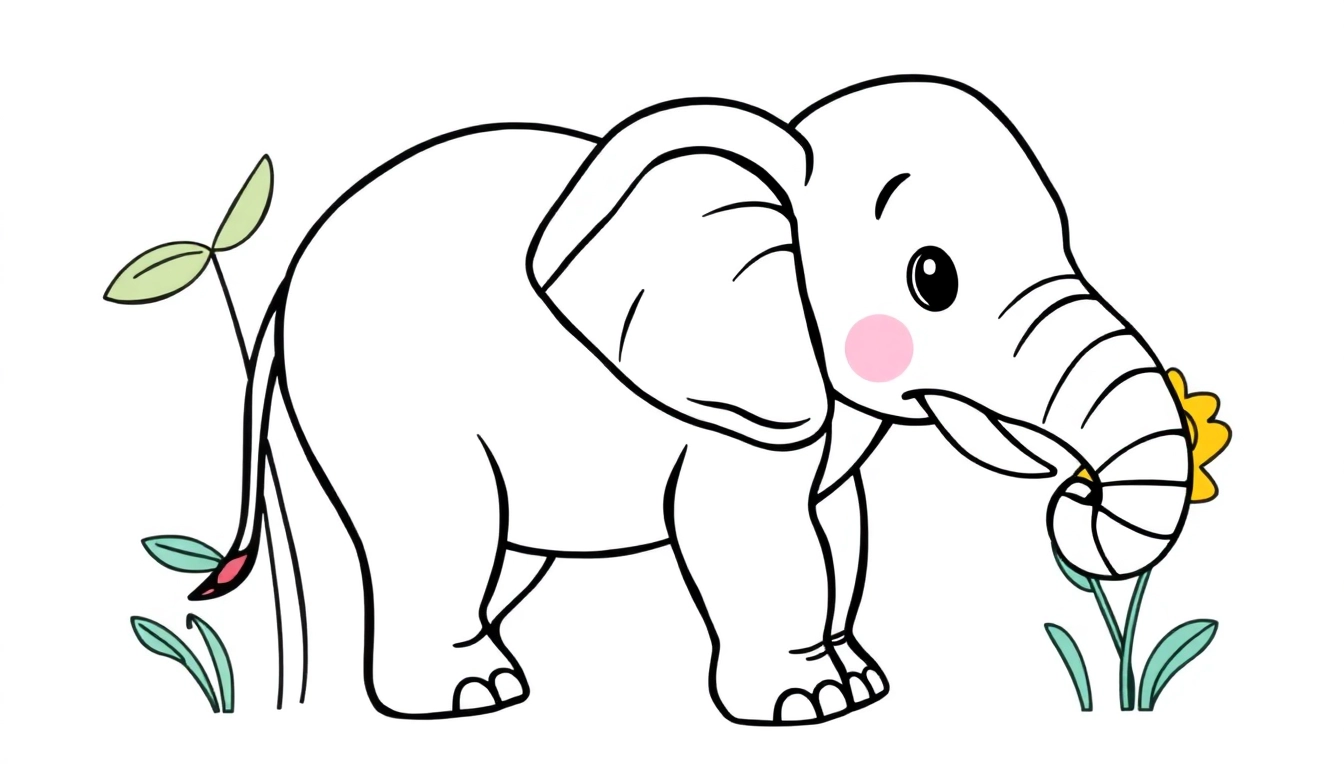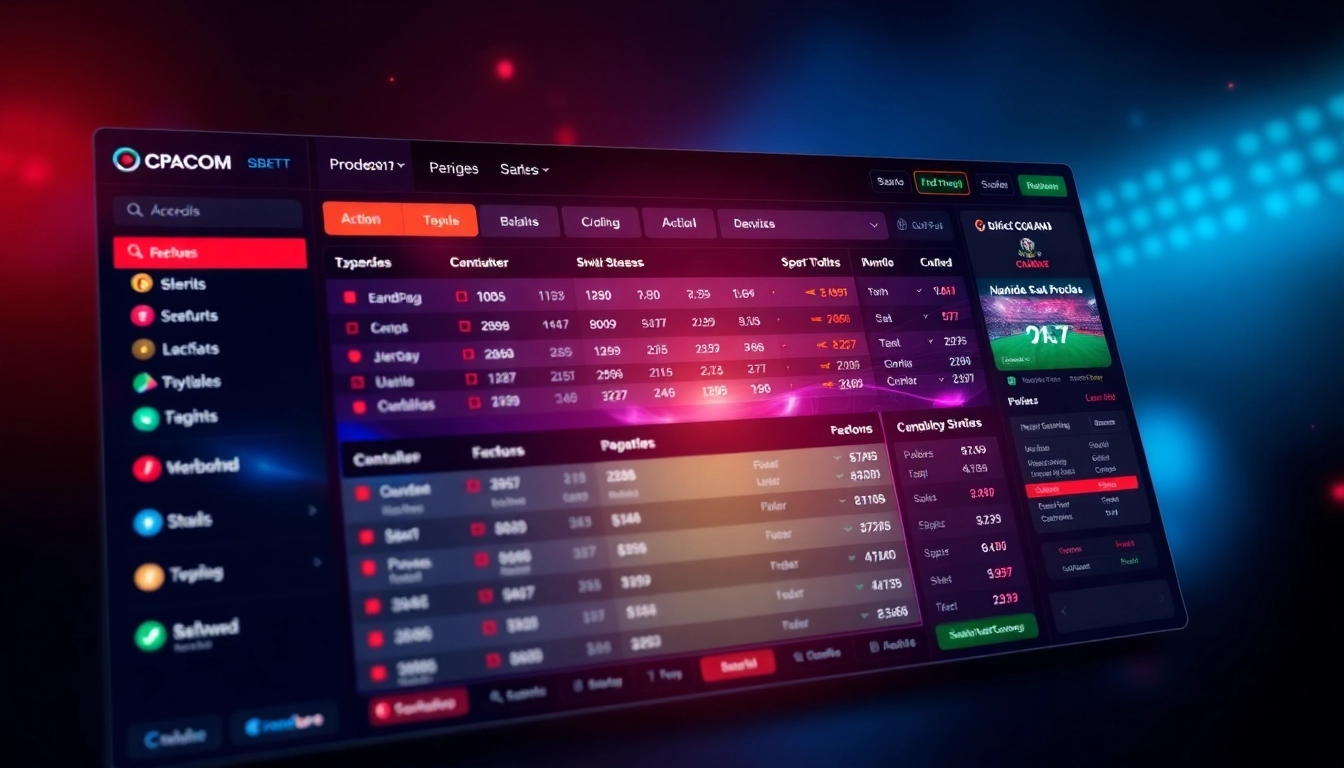Introduction to Free Coloring Pages for Kids
Coloring pages have long been a cornerstone of childhood creativity and learning. Offering a safe, engaging, and educational activity, free coloring pages provide a cost-effective way for parents, teachers, and caregivers to foster imagination and developmental skills in children. Today, the proliferation of digital platforms and online resources has made obtaining high-quality, free printable coloring pages easier than ever, revolutionizing the way children and educators utilize this timeless activity. Whether it’s exploring animal worlds, celebrating holidays, or practicing fine motor skills, free coloring pages serve as a versatile tool to enrich children’s experiences and support their growth.
To learn more about how to access a vast array of engaging resources, visit free coloring pages — your gateway to endless creative possibilities.
Benefits of Coloring for Child Development
Coloring is more than just a fun pastime. It plays a vital role in multiple areas of a child’s developmental journey. From enhancing fine motor skills to boosting cognitive abilities, the act of coloring fosters foundational skills that support overall growth.
Enhancement of Fine Motor Skills
Coloring requires precise hand movements, which strengthen the small muscles in children’s hands and fingers. Repetitive coloring motions improve hand-eye coordination, dexterity, and control essential for writing and other detailed tasks.
Encouragement of Creativity and Self-Expression
Coloring pages provide a blank canvas for children to experiment with colors, patterns, and styles, nurturing their innate creativity. As they choose palettes and decorate, they learn to interpret their emotions and ideas visually, fostering confidence and individual expression.
Development of Cognitive Skills
Engaging with different themes and images encourages children to recognize shapes, patterns, and symbols. It also promotes concentration and focus, especially when completing complex coloring pages, which translates into improved attention span and problem-solving skills.
Learning About Colors and Cultural Concepts
Coloring is an excellent platform for teaching children about color theory—primary, secondary, complementary—and cultural associations with colors. For example, understanding why certain colors are used in holidays or national symbols deepens their cultural awareness and social understanding.
Emotional and Mental Well-being
Coloring offers a calming activity that can reduce stress and anxiety. It acts as a meditative practice, allowing children to foster mindfulness and emotional regulation in a soothing environment.
Types of Free Coloring Pages Available
Today’s digital landscape offers an astonishing variety of free coloring pages catering to diverse interests, age groups, and educational goals. Understanding these categories can help in selecting the most suitable options for your child’s creative and learning needs.
Animal and Nature Coloring Pages
From majestic elephants to playful grasshoppers, animal-themed pages introduce children to the animal kingdom while fostering curiosity about the natural world. Nature scenes featuring trees, flowers, and landscapes help develop an appreciation for the environment and provide varied coloring challenges that improve motor skills and attention to detail.
Holiday and Seasonal Coloring Pages
Celebrate holidays like Thanksgiving with themed pages such as Thanksgiving turkeys, pumpkins, and autumn scenes. Seasonal pages depicting snowmen, spring blossoms, or summer beaches encourage children to connect with calendar events and cultural traditions, making learning more engaging and timely.
Educational and Skill-Building Coloring Pages
Incorporating numbers, letters, shapes, and socio-emotional themes, educational coloring pages serve as effective tools for reinforcing classroom concepts. Puzzles like mazes and matching exercises further enhance cognitive skills, spatial reasoning, and problem-solving abilities.
Special Interest and Hobby-Based Coloring Pages
Pages featuring themes like superheroes, princesses like Minnie Mouse, goth motifs, or hobby-related images appeal to children with specific interests, fostering enthusiasm and sustained engagement in creative activities.
Artistic and Abstract Coloring Pages
For older children or those seeking a challenge, pages with intricate patterns, mandalas, and abstract designs promote advanced coloring techniques, patience, and artistic expression.
Designing and Customizing Your Own Coloring Pages
Tools and Resources for Creative Personalization
Modern technology empowers parents and educators to create personalized coloring pages. Using digital drawing tools such as graphic design software (e.g., Canva, Adobe Spark) or online generators, you can craft unique images tailored to a child’s interests or educational themes. Scanning drawings or photographs can also be converted into coloring pages through specific apps or services, transforming children’s artwork into cherished personalized activities.
Tips for Engaging Coloring Activities at Home and School
Encourage children to add personal touches—such as incorporating their names, favorite characters, or meaningful symbols—to make coloring more engaging. Setting up dedicated coloring stations with a variety of printable pages, crayons, markers, and coloring tools fosters a focused and inspiring environment conducive to creative exploration.
Incorporating Coloring Pages into Learning Plans
Embedding coloring activities within lesson plans enhances experiential learning. For instance, coloring a diagram of the solar system while studying astronomy, or decorating a map during geography lessons, reinforces content comprehension through visual and kinesthetic engagement.
Maximizing Fun and Educational Value of Free Coloring Pages
Strategies to Encourage Creativity and Focus
To maximize the benefits of coloring, employ strategies such as offering a variety of coloring tools, encouraging artistic experimentation, and providing positive feedback. Incorporating thematic challenges—like creating scenes or storytelling—can also deepen engagement and foster cognitive development.
Community Sharing and Online Resources
Online platforms like free coloring pages websites, social media groups, and classroom sharing boards allow families and educators to exchange ideas, showcase children’s artwork, and discover new themes. Participating in community challenges or contests nurtures a sense of accomplishment and social connection.
Measuring Children’s Progress Through Coloring
Monitoring how children approach coloring—such as their ability to stay within lines, use multiple colors, or complete complex scenes—can serve as informal assessments of motor skills, patience, and focus. Documenting progress over time through photo archives or portfolios encourages reflection on developmental milestones.
Choosing the Best Free Coloring Pages for Different Age Groups
Preschool and Early Learners
For preschool children, choose simple, large images with bold outlines and minimal detail. Pages featuring familiar shapes, basic animals, and everyday objects help develop early motor skills and recognition. Bright colors and fun characters keep young children motivated.
Elementary and Older Kids
Older children can handle more detailed and intricate pages, such as complex animals, scenes, and abstract designs like mandalas. Offering them themed pages based on their hobbies or subjects of interest keeps their curiosity engaged while honing finer motor control and artistic skills.
Guidelines for Safe and Age-Appropriate Content
Always review coloring pages for appropriate content, avoiding images that may be frightening or unsuitable. Opt for reputable sources that categorize pages by age group and provide clear descriptions. This ensures a safe and positive coloring experience that respects developmental sensitivities.





